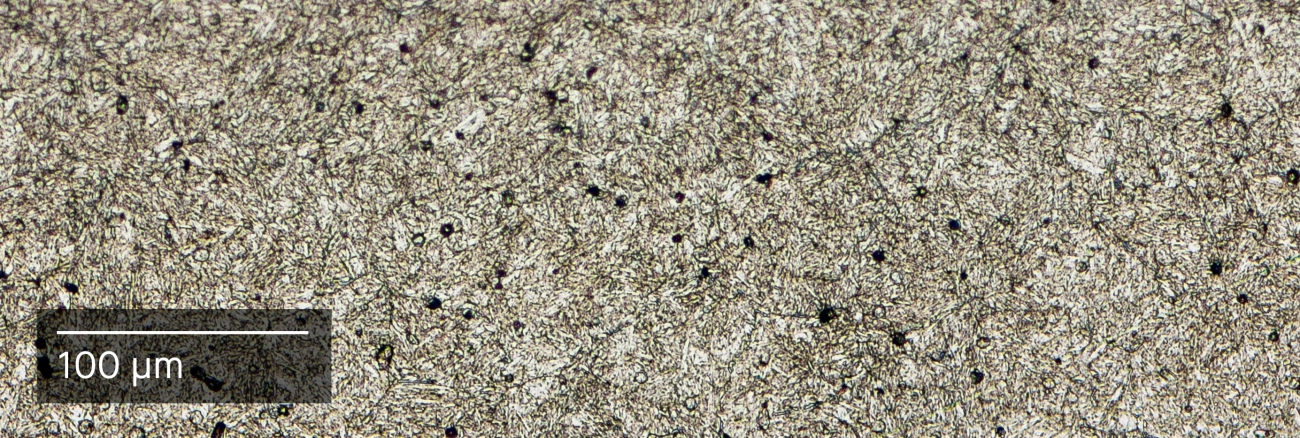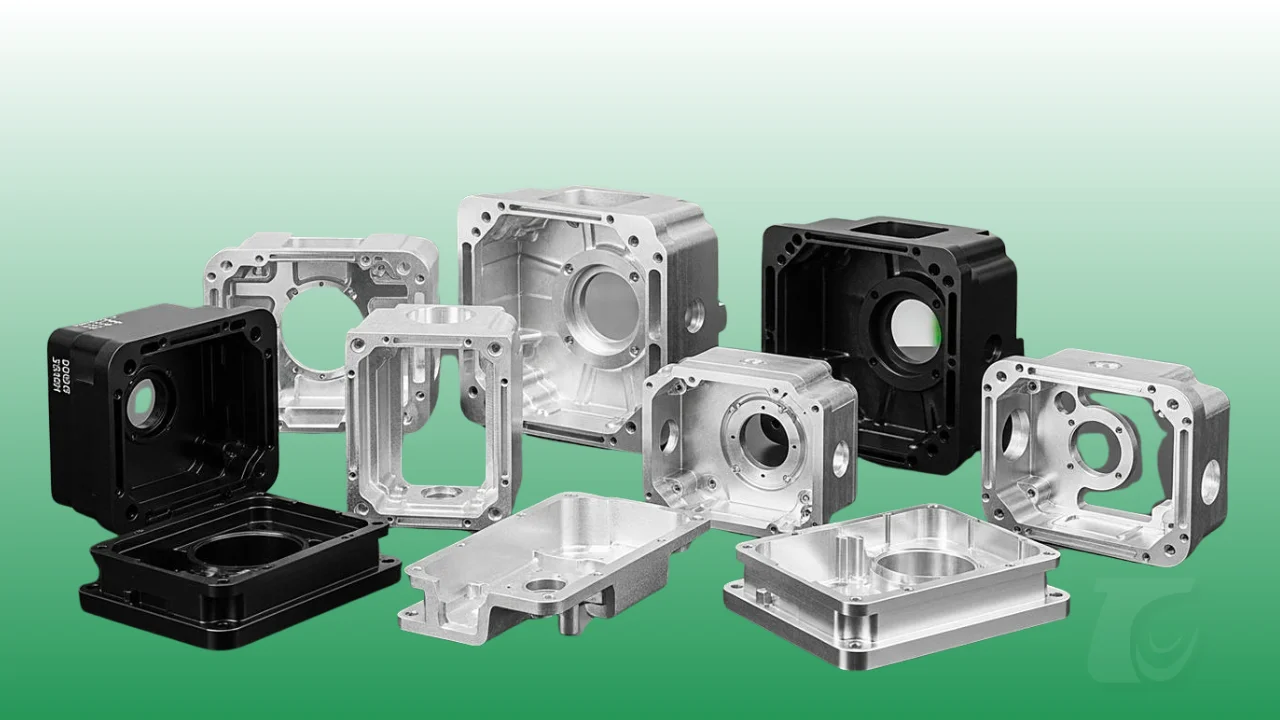Chemical Composition and Key Properties of H13 Tool Steel
H13 tool steel is a versatile chromium-molybdenum hot work steel well-known for its excellent thermal fatigue resistance, toughness, and hot hardness. This combination makes it a top choice for demanding industrial applications like die casting, extrusion, and forging.
Alloy Elements and Their Roles
| Element | Typical % Range | Role in H13 Steel |
|---|---|---|
| Carbon (C) | 0.32 – 0.45 | Hardness and strength |
| Chromium (Cr) | 4.75 – 5.5 | Wear resistance and corrosion protection |
| Molybdenum (Mo) | 1.1 – 1.75 | High-temperature strength and toughness |
| Vanadium (V) | 0.8 – 1.2 | Grain refinement and wear resistance |
| Silicon (Si) | 0.8 – 1.2 | Deoxidizer, improves strength |
| Manganese (Mn) | 0.2 – 0.5 | Hardness and tensile strength |
Key Properties Explained
-
Thermal Fatigue Resistance
H13 excels at withstanding repeated heating and cooling cycles without cracking, making it ideal for hot work tooling where temperature changes are rapid and extreme.
-
Hot Hardness
It maintains high hardness even at elevated temperatures up to around 1100°F (600°C), ensuring long tool life under high-heat conditions like die casting or extrusion.
-
Toughness and Ductility
The steel’s balanced mix of alloy elements yields strong toughness and ductility, reducing the risk of fracturing or chipping during heavy impact or loads.
Hardenability and Machinability Ratings
| Property | Rating (1 Low – 10 High) |
|---|---|
| Hardenability | 8 |
| Machinability | 5 |
- H13 has very good hardenability, meaning it can be hardened deeply and uniformly.
- Machinability is moderate; it’s tougher to machine than softer tool steels but manageable with proper tooling and feeds.
Visual Comparison Overview
Imagine H13 as the sweet spot in a chart of hot work steels: it balances wear resistance, toughness, and heat stability better than many alternatives. Its chromium-molybdenum mix delivers performance similar to the Japanese SKD61 equivalent, widely used in global tooling industries.
In practice, H13’s blend ensures reliable durability, thermal shock resistance, and consistent performance — making it a preferred choice across the US manufacturing sector where tool longevity and precision matter.
Common Applications Where H13 Tool Steel Shines in Precision Manufacturing

H13 tool steel is a go-to choice in both hot-work and cold-work applications thanks to its excellent thermal fatigue resistance and toughness. In hot-work settings, it’s widely used in die casting, extrusion, and forging. Its ability to withstand high temperatures without losing hardness makes it perfect for molds and dies that see extreme heat during production.
For cold-work, H13 excels in making punching and heading dies, where toughness and wear resistance matter most. Manufacturers appreciate how it balances durability with machinability, keeping production smooth and downtime low.
We’re also seeing H13 move into additive manufacturing and 3D printing for tooling applications, especially where complex shapes and rapid prototyping are involved. This trend lets shops reduce lead times while maintaining the steel’s signature toughness and heat resistance.
A quick example: In extrusion die production, switching to H13 has helped manufacturers cut tool downtime significantly by reducing wear cracks and thermal fatigue failures. This leads to fewer production stops and better overall efficiency.
When deciding between high-volume runs and prototypes, H13 tends to shine in longer runs due to its durability, but its machinability and heat treat flexibility still make it viable for prototype tooling. Plus, it integrates well with CNC machining, offering precision and repeatability that manufacturers in the U.S. rely on.
For deeper insights on machining and tooling integration, you might find your guide to profile milling process tools and applications helpful.
Overall, H13’s versatility across various manufacturing environments keeps it a strong contender in the U.S. tool steel market.
Heat Treatment and Processing Guidelines for Optimal H13 Performance
Getting the most out of H13 tool steel starts with the right heat treatment. Here’s a simple step-by-step guide to hardening H13 for top performance:
- Preheat: Slowly heat the steel to around 1200°F (650°C) to avoid thermal shock.
- Austenitize: Raise the temperature to 1850–2050°F (1010–1120°C). This hardens the steel by changing its crystal structure.
- Quench: Cool rapidly in oil or air to lock in hardness. Air quenching is common with H13, reducing distortion.
- Temper: Heat back to 1000–1200°F (540–650°C) to balance hardness and toughness. This reduces brittleness and relieves stresses.
To reduce cracking and warpage, stress relieve parts after hardening by heating at 1000°F (540°C) for a couple of hours. Additionally, surface treatments like nitriding can boost wear resistance without affecting core hardness. Watch out for decarburization during heat treatment—keep protective atmospheres or use sealed environments to avoid carbon loss on surfaces.
Machining Tips for H13 Tool Steel
- Use moderate feed rates and cutting speeds to avoid excessive heat buildup.
- Keep sharp tooling and proper chip control to prevent buildup and ensure clean cuts.
- Flood cooling helps maintain tool life and accuracy.
Tempering Chart for H13 Hardness
| Tempering Temp (°F) | Approximate Hardness (HRC) |
|---|---|
| 800 | 54 |
| 1000 | 47 |
| 1100 | 43 |
For in-house heat treatment, controlling distortion is key. Use uniform heating and slow cooling. Minimizing sudden temperature changes helps keep dimensions stable, especially for complex parts.
Following these guidelines ensures your H13 tools hit the sweet spot between durability and toughness, perfect for demanding hot work and precision machining environments. For further tips on machining other steels like stainless steel, check out this guide on how to maximize stainless steel CNC machining benefits.
H13 Tool Steel vs Alternatives Making the Right Choice for Your Project

When picking the right tool steel, it’s important to weigh H13 against other common options like H11, D2, and P20. Here’s a quick comparison to help you decide:
| Property | H13 | H11 | D2 | P20 |
|---|---|---|---|---|
| Operating Temperature | Up to 1100°F (593°C) | Around 1200°F (649°C) | Lower, up to 600°F | Low, around 400°F |
| Wear Resistance | Excellent | Good | Very High | Moderate |
| Toughness | High | Moderate | Low | Moderate |
| Machinability | Good | Fair | Poor | Excellent |
| Cost | Moderate | Moderate | High | Low |
| Typical Use | Hot work (forging, extrusion) | Similar hot work | Cold work, wear parts | Plastic molds, dies |
| Lifecycle | Long | Long | Long but brittle | Moderate |
Decision Matrix on Operating Temp Cost and Lifecycle
- Choose H13 if you need a good balance of heat resistance, toughness, and machinability, especially for hot work like die casting and extrusion.
- Pick H11 when operating temperatures are slightly higher, but toughness can be a bit lower.
- Go for D2 if you want exceptional wear resistance at lower temps but can handle limited toughness and tougher machining.
- Use P20 when working with plastics or cold forming requiring easy machining and lower heat resistance.
When to Avoid H13 and Consider Alternatives
- If your project runs only at low temperatures and needs extreme wear resistance, D2 might be better.
- For high-volume, lower-heat operations with less mechanical stress, P20 can save cost and machining time.
- When your tooling needs ultra-high temperature tolerance above 1100°F, consider specialty steels or alloys beyond H13 or H11.
For a clear and detailed guide on selecting the perfect tool steel for your projects, check out the comprehensive material selection guide available through industry suppliers and technical resources. This will help match your exact needs with the right steel, improving performance and cost efficiency.
Challenges Maintenance and Longevity Tips for H13 Tools
H13 tool steel is known for its toughness, but it’s not without challenges. The most common issue is cracking, especially from thermal fatigue caused by repeated heating and cooling cycles. To reduce cracking, avoid sudden temperature changes and use proper heat treatment to relieve internal stresses.
Common Issues and How to Fix Them
- Thermal Cracking: Use preheating and controlled cooling during operations to minimize stress. Regular heat treatment helps keep the steel stable.
- Wear and Tear: Though wear-resistant, H13 benefits from surface treatments like nitriding to boost life in abrasive conditions.
- Distortion: Proper quenching and tempering reduce warping and maintain tool shape during use.
Maintenance Best Practices
- Regular Inspection: Look for small cracks or surface defects before they grow.
- Polishing: Keep the tool surface smooth to prevent stress points. Use fine abrasives and avoid aggressive grinding.
- Cleaning: Remove any debris or deposits after use, especially in hot-work environments like die casting.
Sustainability Advantages of H13
H13 tool steel’s long lifespan and ability to be reconditioned make it a sustainable choice. It reduces waste by minimizing the need for new tooling. Plus, it’s compatible with recycling processes, supporting greener manufacturing in the U.S.
FAQ on Lifespan and Weldability
- How long does H13 last? With proper care and heat treatment, tools can last thousands of cycles in hot-work applications.
- Can H13 be welded? Yes, but it requires preheating and post-weld heat treatment to avoid cracking. Using skilled welders experienced with chromium molybdenum tool steels is key.
By staying on top of maintenance and understanding H13’s behavior under heat, you get durable, reliable tooling that handles tough jobs across the factory floor.




